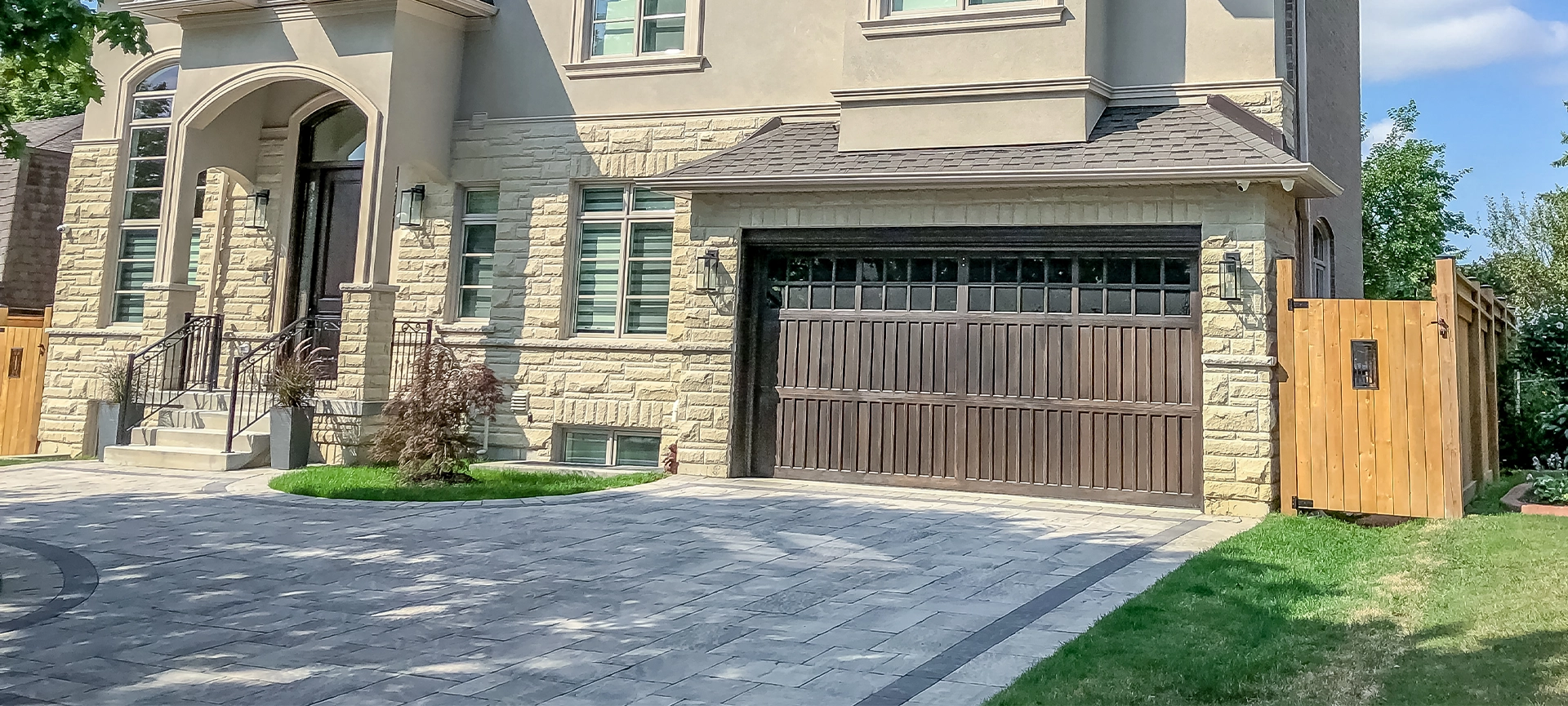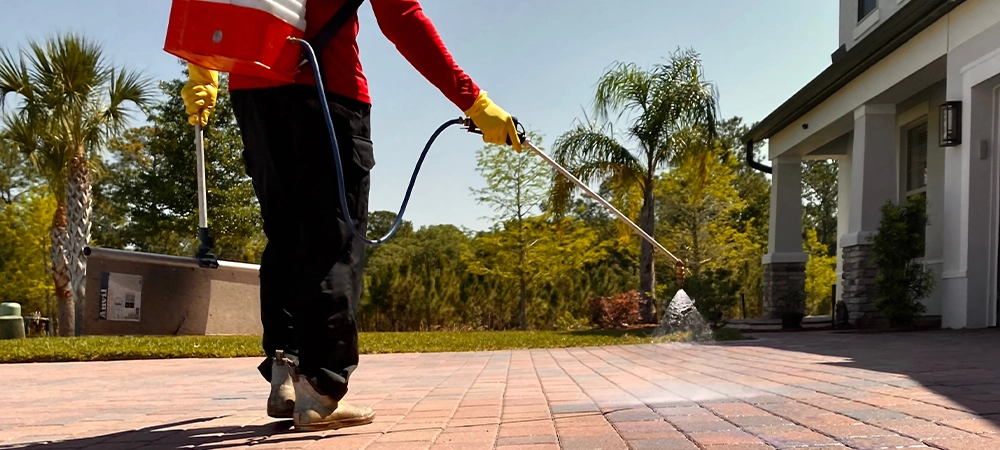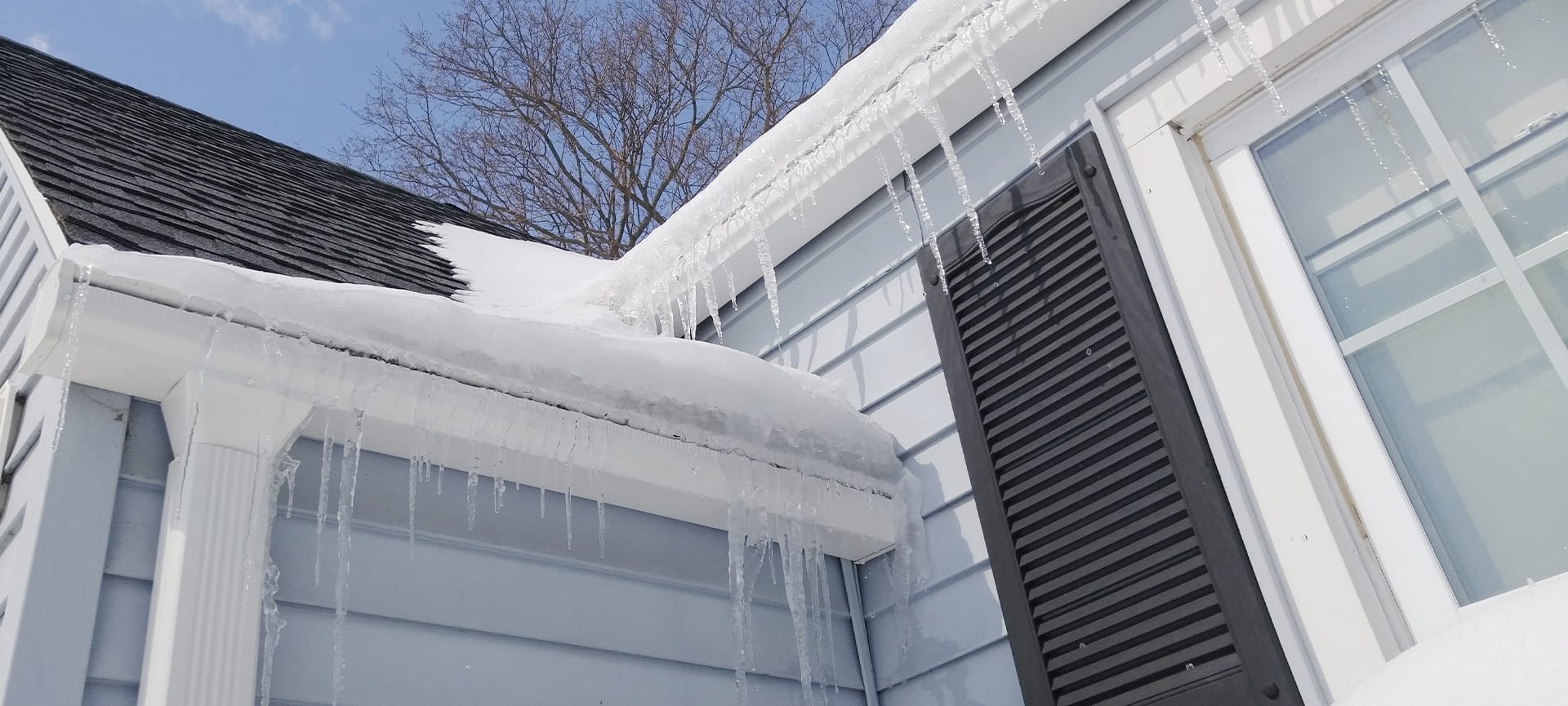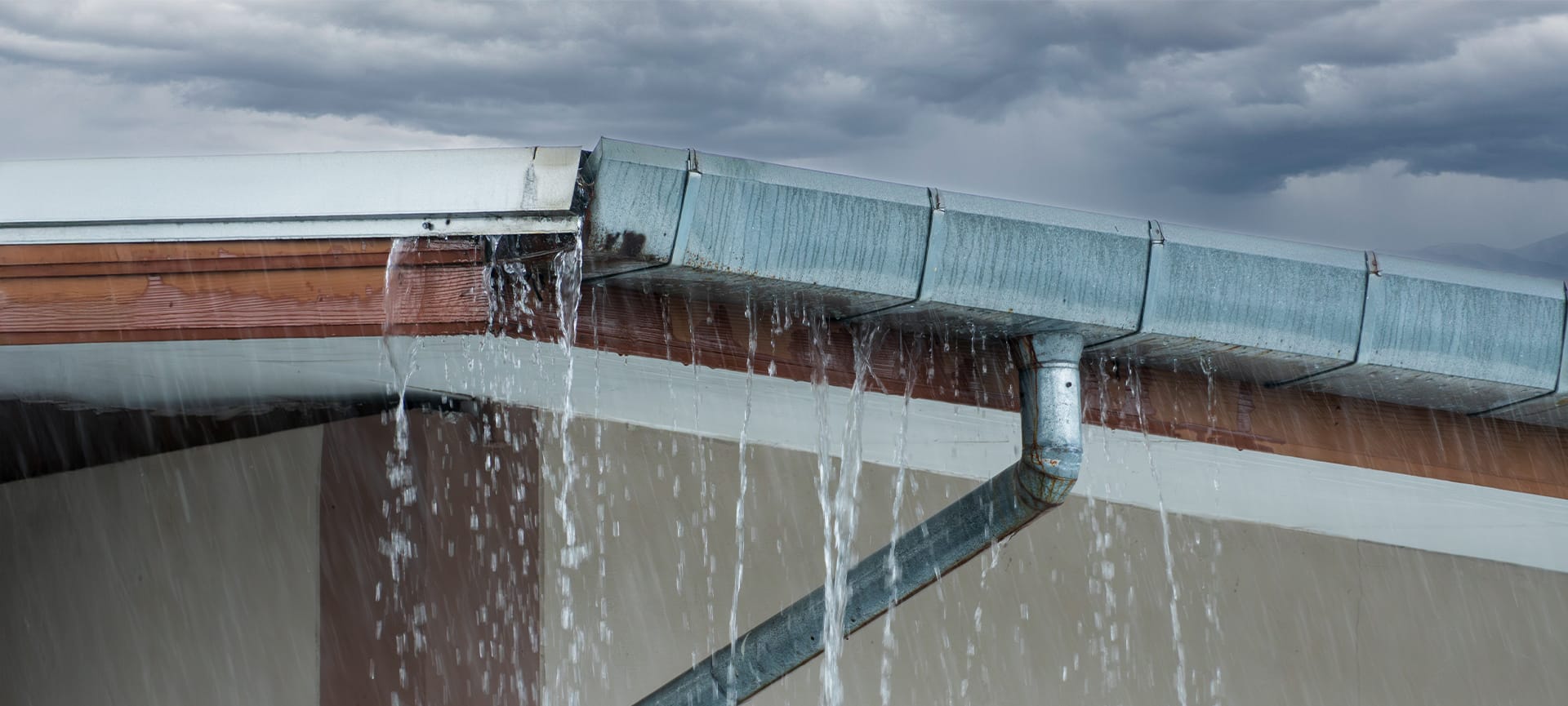
Interlocking driveways add elegance, strength, and long-lasting appeal to residential and commercial properties. After investing in installation, the next question many homeowners ask is: when is the right time to seal it?
Sealing interlock pavers at the proper time helps protect against stains, weeds, fading, and moisture damage. Applying it too early or too late, however, can reduce its effectiveness.
Why Sealing Matters
Before we look at timing, why do you think sealing is necessary in the first place? Interlocking driveways are designed to withstand heavy use and changing weather conditions, just like interlocking walkways, but exposure to elements can affect their durability.
- Moisture protection: Sealing creates a barrier that prevents water from seeping into joints and freezing during winter, which can cause cracks.
- Stain resistance: Oil spills, dirt, and de-icing salts are less likely to penetrate sealed surfaces.
- Weed control: Sealers harden the joint sand between pavers, discouraging weed growth.
- Colour preservation: A sealant enhances and protects the natural shade of the pavers, reducing fading from UV rays.
- Easier maintenance: Sealed driveways are simpler to clean and maintain.
Without sealing, interlocking stones can still perform well, but they may lose their visual appeal faster and require more frequent upkeep.
Related Article: Reasons We Recommend Interlocking Patios over Decking in 2024
The Ideal Timeline for Sealing After Installation
One of the biggest mistakes homeowners make is sealing pavers too soon. Freshly installed interlocking driveways need time to settle and cure before any sealant is applied.
Recommended Waiting Period
- Minimum wait: 60 to 90 days after installation.
- Reason: This allows the polymeric joint sand to harden properly and ensures any construction dust or efflorescence (white chalky residue from salts) has time to surface and be cleaned.
- Risk of early sealing: Trapping moisture beneath the surface can cause hazing, uneven finish, or peeling.
Seasonal Considerations
- Spring installations: Wait until summer or early autumn to seal.
- Summer installations: Sealing can be done by late summer or early autumn.
- Autumn installations: Postpone sealing until the following spring when weather is warmer and drier.

Factors That Influence Sealing Timing
Not all driveways cure the same way. The right sealing schedule depends on several conditions:
1. Weather and Climate
Moisture, freeze-thaw cycles, and high humidity affect how quickly joint sand and pavers settle. In regions like the Greater Toronto Area, where winters are harsh, sealing should ideally be scheduled for late spring or summer when temperatures are consistent.
2. Type of Pavers
Concrete pavers are more porous and benefit sooner from sealing than denser natural stone. Manufacturers sometimes provide recommendations that should be followed.
3. Joint Sand Type
Polymeric sand requires adequate curing before sealing. If standard joint sand is used, the driveway may be ready sooner.
4. Usage Levels
High-traffic driveways may benefit from sealing as soon as the recommended curing period ends. For low-traffic areas, homeowners may choose to wait slightly longer.
Preparing the Driveway for Sealing
Even after waiting the recommended curing period, proper preparation is essential.
- Cleaning the surface: Remove stains, dirt, and efflorescence with a pressure washer or paver cleaner.
- Reapplying joint sand: Ensure joints are topped up with polymeric sand to prevent gaps.
If sections of your driveway show wear or shifting, interlock repair should be done before sealing to ensure the surface remains even and secure.
- Drying time: Allow at least 24 to 48 hours of dry weather before sealing.
- Weather forecast check: Seal only when no rain is expected for 24 hours, and temperatures are between 10°C and 25°C.
Benefits of Sealing at the Right Time
Timing affects how well the sealant performs. Sealing too early or too late may reduce its protective benefits. When done at the right stage, you can expect:
- Extended lifespan: Pavers remain stronger and more resilient.
- Better aesthetics: Enhanced colour and a uniform surface finish.
- Reduced maintenance costs: Less frequent cleaning and repairs.
- Stronger joints: Sand stays locked in place, minimizing weed growth.
How Often Should You Reseal?
Sealing is not a one-time process. To keep your driveway in top condition, resealing is usually required every 3 to 5 years. The frequency depends on traffic, exposure to weather, and the quality of sealant used.
Signs It’s Time to Reseal
- Surface appears dull or faded.
- Sand is washing out from joints.
- Water no longer beads on the surface.
- Stains are becoming harder to remove.
Professional vs DIY Sealing
While some homeowners choose to seal their driveways themselves, hiring professionals ensures consistent coverage and longer-lasting results. Professional contractors use commercial-grade sealants and have the tools to clean, sand, and apply evenly.
For example, Green Side Up Contracting in the Greater Toronto Area provides full landscaping and maintenance solutions, including sealing services that help protect your driveway investment. Their expertise ensures the process is done correctly and at the right time.
Related Article: When to Start Planning Your Landscape Project
Maintenance Tips Between Sealing
To extend the benefits of sealing, homeowners should keep up with simple maintenance:
- Sweep debris regularly to prevent scratches.
- Rinse with a garden hose to remove dirt buildup.
- Clean oil spills immediately to avoid stains.
- Avoid using harsh de-icing salts in winter.
- Refill the joint sand if it begins to wash away.
Common Mistakes to Avoid
- Sealing too soon: Traps moisture and causes a cloudy finish.
- Skipping cleaning: Dirt and stains get locked under the sealant.
- Applying too thick a coat: Leads to streaks or sticky residue.
- Ignoring manufacturer guidelines: Different pavers may require specific products.

Keeping Your Driveway at Its Best
Sealing your interlocking driveway at the right time is a crucial step in protecting both its beauty and strength. Waiting 60 to 90 days after installation allows the pavers and joint sand to cure properly. From there, regular resealing every few years keeps the surface resilient, vibrant, and easier to maintain.
If you want to ensure your driveway lasts and looks its best, consider working with experts who understand the nuances of sealing. Green Side Up Contracting offers professional landscaping and maintenance services across the Greater Toronto Area to keep your outdoor spaces protected and polished.
Call Green Side Up Contracting today for a free consultation and keep your interlocking driveway looking brand-new for years to come.
Frequently Asked Questions
1. Do all interlocking driveways need sealing?
No, but sealing adds protection and improves appearance. Unsealed pavers will weather naturally but may require more maintenance.
2. What type of sealer is best for interlocking driveways?
Water-based sealers are eco-friendly and easier to apply, while solvent-based sealers often provide a stronger finish. The choice depends on your driveway’s exposure and desired look.
3. Can I walk or drive on the driveway right after sealing?
Avoid walking for 24 hours and driving for at least 48 hours after sealing to allow full curing.
4. How do I remove efflorescence before sealing?
Use a paver cleaner or mild acid wash. Never seal over efflorescence, as it will become trapped under the coating.
5. Will sealing the interlocking make the driveway slippery?
Most modern sealers include anti-slip additives, but high-gloss finishes can become slick when wet. Ask about slip-resistant options.
6. Can sealing help with frost damage?
Yes. Sealers reduce water penetration, which helps prevent freeze-thaw cracking in cold climates.
7. Can old interlocking driveways be sealed?
Yes, but they must be thoroughly cleaned, repaired, and re-sanded before sealing.
8. How long does professional sealing take?
Most contractors complete the job within one day, but drying time means you’ll need to avoid use for at least 48 hours.



